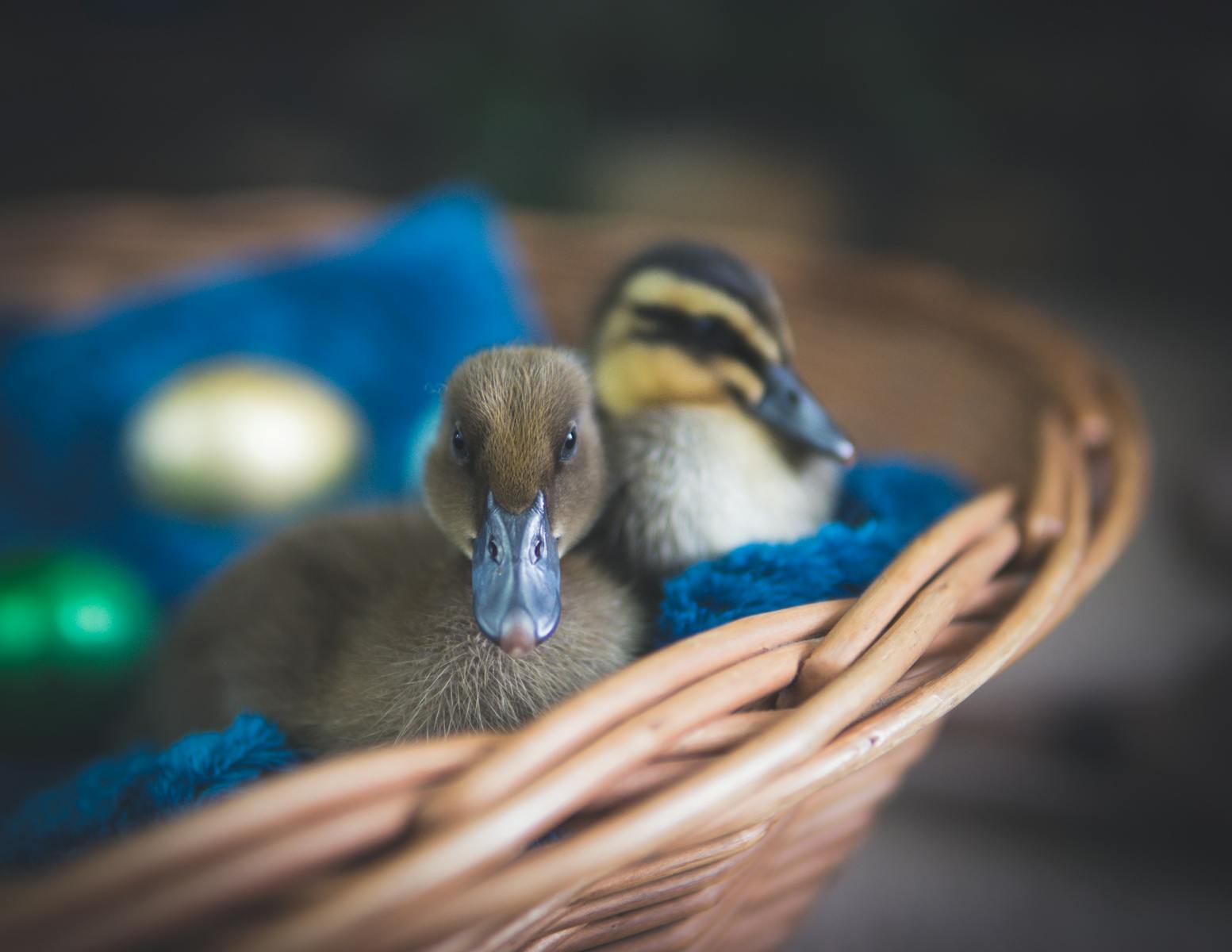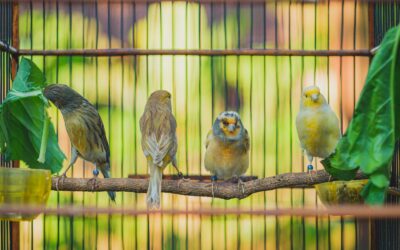DISCLAIMER: KATE’S K9 PET CARE PROUDLY PROVIDES DOG WALKING, CAT SITTING, SMALL ANIMAL PET CARE, PET TAXI SERVICES, “ALMOST OVERNIGHT” PET CARE, AND CONVENIENT PET SUPPLY DELIVERY. FOR FULL DETAILS ABOUT EACH OF OUR SERVICES, PLEASE VISIT OUR SERVICE PAGES TO LEARN MORE ABOUT HOW WE CAN SUPPORT YOUR PET’S NEEDS. TO SEE WHERE WE CURRENTLY OPERATE, PLEASE VISIT OUR SERVICE AREA PAGE.
Small animals pack enormous charm into tiny packages. Whether you’re considering adding a petite companion to your family or simply fascinated by nature’s miniature marvels, these little creatures offer big personalities and unique care requirements that deserve our attention.
From pocket-sized pets perfect for apartment living to wild animals so small they seem almost mythical, the world of tiny creatures spans continents and habitats. Understanding these animals helps us appreciate biodiversity while making informed decisions about pet ownership.
This comprehensive guide explores the tiniest animals on Earth, covering everything from popular small pets like hamsters and guinea pigs to exotic wild species you’ve probably never heard of. You’ll discover care requirements, fascinating facts, and what makes each species special.
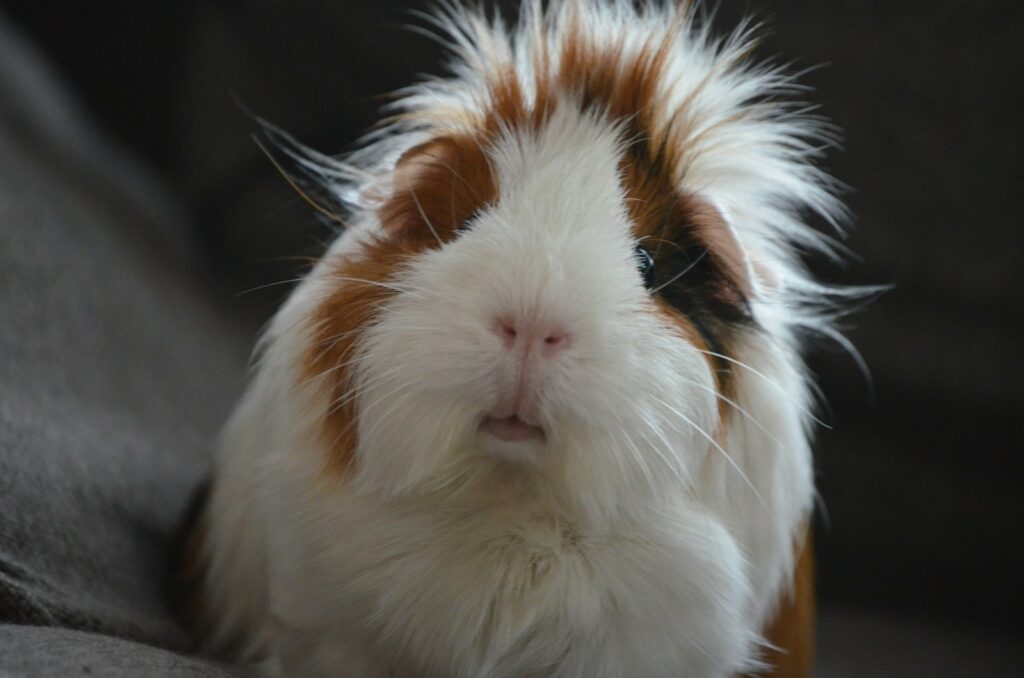
Photo by Karlijn Prot on Unsplash
Popular Small Pets for Your Home
Guinea Pigs: The Perfect Starter Pet
Guinea pigs rank among the most beloved small pets, and for good reason. These South America derived natives typically weigh between 1.5 to 2.5 pounds, making them manageable yet substantial enough for children to handle safely.
Unlike their smaller cousins, guinea pigs rarely bite and communicate through adorable squeaks and purrs. They require spacious cages (at least 8 square feet for two adults), fresh vegetables daily, and high-quality hay. Their social nature means they thrive in pairs, reducing loneliness when you’re away.
Guinea pigs live 5-8 years on average, providing families with a meaningful long-term commitment without the decades-long responsibility of larger pets. Their non dangerous gentle temperament makes them excellent therapy animals for nursing homes and hospitals.
Hamsters: Tiny Acrobats
These pint-sized performers captivate pet owners worldwide with their cheek-stuffing antics and incredible agility. Syrian hamsters, the largest variety, reach only 5-7 inches in length, while dwarf species stay even smaller.
Hamsters are naturally nocturnal, which means expect late-night wheel-running sessions. They require deep bedding for burrowing, hiding spots for security, and wheels sized appropriately for their species to prevent back injuries.
Their short 2-3 year lifespan, while heartbreaking, allows families to experience pet ownership without extremely long commitments. Each hamster has distinct personality traits—some are natural climbers, others prefer ground-level exploration.
Gerbils: Desert Survivors
Originally from Asia’s desert regions, gerbils adapted to minimal water consumption, producing very little waste compared to other small pets. This makes cage cleaning much easier for busy pet owners.
These social creatures must live in pairs or small groups to prevent depression. Gerbils rarely bite, preferring to flee when frightened. They’re incredible diggers, requiring deep substrate and tunneling opportunities in their cages.
Their curiosity drives them to explore every corner of their environment. Gerbil-proofing areas before supervised play time prevents escapes through surprisingly small gaps.
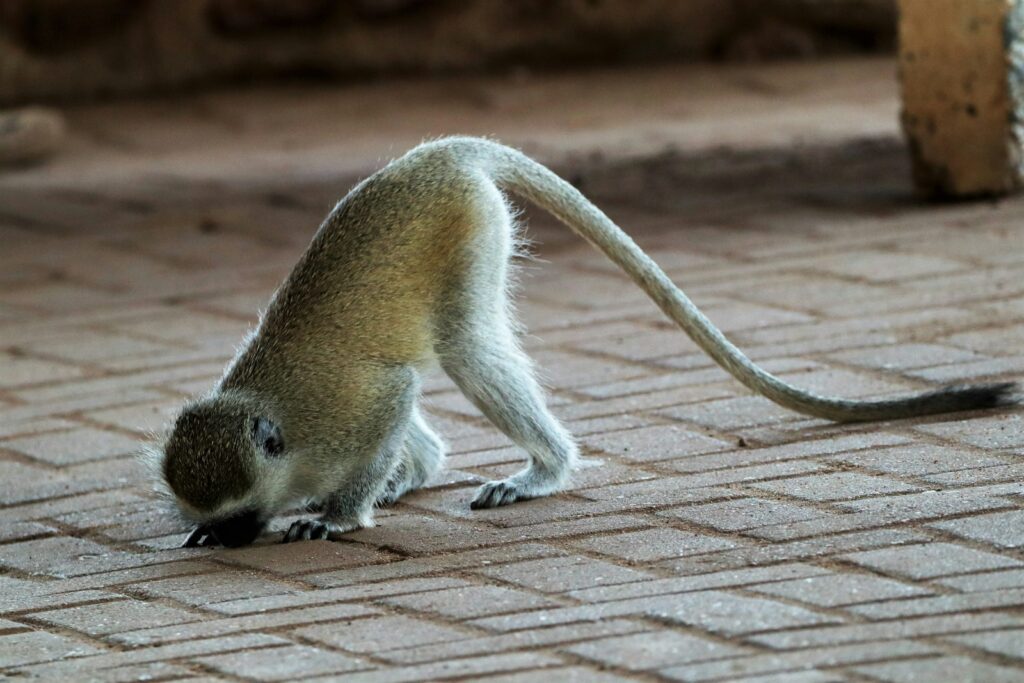
Photo by Jonathan Gensicke on Unsplash
The World’s Smallest Wild Animals
Madame Berthe’s Mouse Lemur: Madagascar’s Miniature Primate
Native to Madagascar’s forests, Madame Berthe’s mouse lemur holds the record as the world’s smallest primate. Adults weigh just 1.1 ounces—lighter than most smartphones—yet possess complex social behaviors and remarkable night vision.
These tiny primates face significant habitat loss as Madagascar’s forests disappear. Their small size makes them vulnerable to numerous predators, from birds to snakes. They survive by remaining motionless during daylight hours, camouflaged among tree branches.
During Madagascar’s dry season, mouse lemurs enter a state similar to hibernation, dramatically slowing their metabolism to conserve energy when food becomes scarce.
Kitti’s Hog-Nosed Bat: The Bumblebee Bat
Found in Thailand and Myanmar, Kitti’s hog-nosed bat claims the title of world’s smallest mammal by mass. Adults weigh approximately 0.07 ounces—less than a penny—with wingspans reaching only 6 inches.
These remarkable creatures hunt insects in bamboo forests and agricultural areas during brief twilight periods. Their echolocation abilities allow them to navigate dense vegetation while pursuing tiny prey.
Sadly, fewer than 5,000 individuals remain in the wild, making this species critically endangered. Habitat destruction and cave disturbance threaten their limestone cave roosts.
Etruscan Shrew: Metabolic Marvel
The Etruscan shrew, found across Africa, Europe, and Asia, represents one of nature’s most energetic creatures. Weighing just 0.04-0.1 ounces, these shrews must consume their body weight in food every few hours to survive.
Their hearts beat up to 1,500 times per minute—25 times per second—requiring constant hunting for insects, worms, and other tiny prey. They cannot survive more than 4 hours without eating, making them perpetual motion machines.
Despite their tiny size, Etruscan shrews are fearless hunters, taking down prey nearly their own size through speed and determination rather than strength.
Pygmy Species Across Continents
Africa hosts numerous pygmy species, from pygmy hippos weighing 400-600 pounds (tiny compared to their 3,000-pound cousins) to pygmy chameleons measuring under 4 inches fully grown.
Pygmy animals often evolve on islands or in isolated habitats where smaller body sizes provide advantages like reduced food requirements and increased agility in confined spaces. Madagascar alone hosts over 20 pygmy chameleon species.
These adaptations demonstrate evolution’s incredible flexibility in response to environmental pressures and resource availability.
Caring for Small Animals: Essential Guidelines
Housing Requirements
Small animals need proportionally large living spaces despite their tiny size. Most pet store cages are inadequate for proper animal welfare. Guinea pigs require minimum 8 square feet, while hamsters need at least 450 square inches of floor space.
Vertical space matters too—many small animals are natural climbers. Multi-level cages with ramps, platforms, and hiding areas provide mental stimulation and exercise opportunities.
Proper ventilation prevents ammonia buildup from waste, which can cause respiratory problems. Wire spacing must prevent escapes while allowing adequate airflow.
Nutrition Fundamentals
Each small animal species has specific dietary requirements that cannot be substituted. Guinea pigs require vitamin C supplements because they cannot produce it naturally, while hamsters need protein-rich diets with minimal citrus fruits.
Fresh water must be available constantly through bottles or bowls, changed daily to prevent bacterial growth. Food portions should be measured carefully—obesity in small animals leads to serious health complications.
Treats should comprise less than 10% of total caloric intake. Many commercial treats contain excessive sugar or artificial ingredients harmful to small animals’ sensitive digestive systems.
Health Considerations
Small animals hide illness instinctively to avoid appearing vulnerable to predators. Daily health checks help detect problems early when treatment is most effective.
Weight loss, lethargy, changes in eating or drinking habits, unusual discharge from eyes or nose, and difficulty breathing all warrant immediate veterinary attention. Small animals can deteriorate rapidly when sick.
Regular nail trims, dental checks, and parasite prevention keep small pets healthy. Find veterinarians experienced with exotic pets before emergencies arise.
Environmental Enrichment
Mental stimulation prevents boredom-related behaviors like excessive chewing or aggression. Rotate toys weekly to maintain novelty and interest.
Foraging opportunities satisfy natural behaviors—hide food throughout cages, use puzzle feeders, or create digging boxes filled with safe materials.
Social animals require companionship from their own species. Single guinea pigs or gerbils often develop depression despite human interaction.
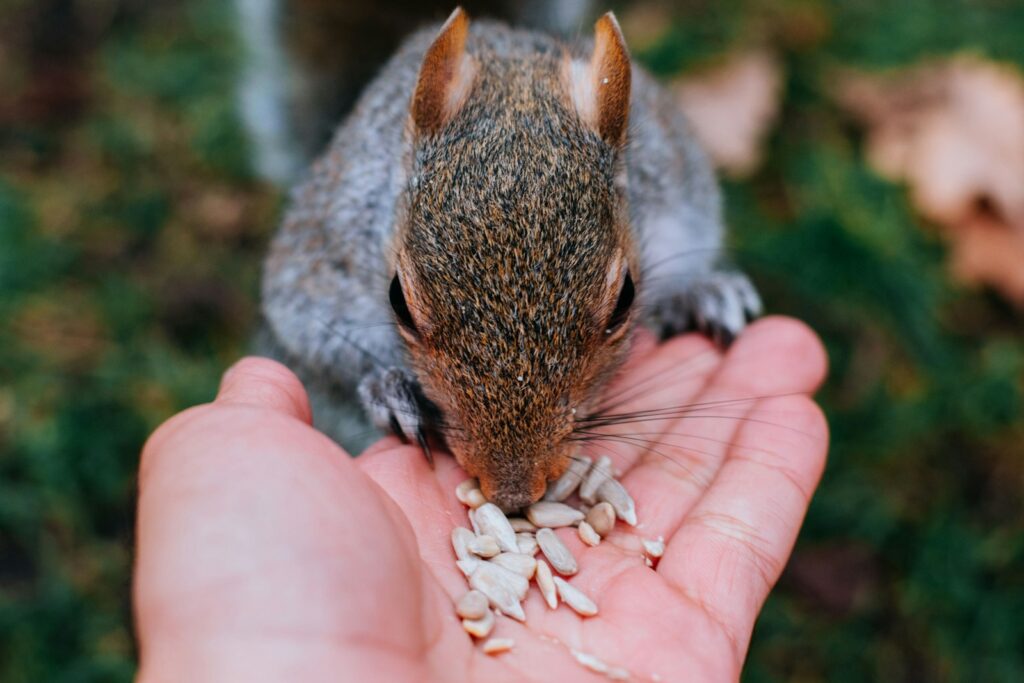
Photo by Bruno Souza on Unsplash
Small Animals in the Wild: Conservation Concerns
Habitat Loss Impacts
Deforestation, urbanization, and agricultural expansion disproportionately affect small animals who require specific microhabitats. A single tree’s removal might eliminate critical nesting sites for dozens of tiny creatures.
Climate change alters temperature and precipitation patterns faster than small animals can adapt. Their high metabolic rates make them particularly vulnerable to environmental fluctuations.
Small animals often serve as pollinators, seed dispersers, and pest controllers in their ecosystems. Their loss creates cascading effects throughout food webs.
Research and Discovery
Scientists discover new small animal species regularly, particularly in tropical regions and remote areas. Many remain unstudied, with unknown ecological roles and conservation needs.
Technological advances like DNA barcoding help identify cryptic species that appear identical but are genetically distinct. This reveals far greater biodiversity than previously recognized.
Citizen science projects engage communities in monitoring small animal populations, providing valuable data for conservation efforts while educating participants about local wildlife.
Protection Efforts
National parks and protected areas safeguard critical habitats for small animals, though many species exist outside protected boundaries on private lands.
International trade regulations prevent exploitation of rare small animals for the pet trade, though enforcement remains challenging.
Community-based conservation programs work with local populations to protect habitats while providing economic alternatives to destructive practices.
Choosing the Right Small Pet for Your Family
Lifestyle Considerations
Active families might enjoy interactive pets like rats or guinea pigs who engage with humans during waking hours. Night-shift workers could prefer hamsters or gerbils who are naturally active during evening hours.
Apartment dwellers should consider noise levels—hamsters running on wheels at 2 AM might disturb neighbors with thin walls. Guinea pigs vocalize frequently, especially during feeding times.
Travel frequency affects pet choice since small animals require daily care and cannot be left alone for extended periods like cats or dogs.
Time Commitments
Daily feeding, water changes, and social interaction take 15-30 minutes depending on species and number of animals. Weekly cage cleaning requires 1-2 hours for thorough sanitation.
Sick animals need frequent monitoring and potential veterinary visits, which can be time-consuming and emotionally demanding.
Lifespan varies significantly—hamsters live 2-3 years while guinea pigs can reach 8 years. Consider long-term commitments before acquiring pets.
Financial Responsibilities
Initial setup costs include appropriate cages, bedding, food, water bottles, and toys, typically ranging from $100-300 depending on species and cage quality.
Monthly expenses for food, bedding, and routine supplies average $15-30 per animal. Veterinary bills for exotic pets can exceed those for traditional pets due to specialized care requirements.
Emergency medical treatment might require exotic animal specialists, potentially costing hundreds of dollars for serious conditions.
Fascinating Facts About Tiny Creatures
Small animals possess remarkable adaptations that would seem impossible at larger scales. Shrews have such rapid metabolisms they must hunt constantly, while some tiny lemurs can jump 40 times their body length.
Many small animals communicate through ultrasonic frequencies humans cannot hear. Mice sing complex songs during courtship, while bats navigate using sophisticated echolocation systems.
Temperature regulation challenges small animals due to their high surface-area-to-volume ratios. They lose heat rapidly, requiring specialized behaviors like huddling or entering torpor states.
Some small animals demonstrate incredible intelligence relative to their size. Rats can learn complex mazes, while octopuses (though not technically small animals) show problem-solving abilities rivaling larger mammals.

Making Informed Decisions About Small Animal Care
Responsible pet ownership begins with thorough research about species-specific needs, potential health issues, and long-term commitments. Small animals deserve the same consideration given to larger pets regarding housing, nutrition, veterinary care, and social needs.
Consider adopting from shelters or rescue organizations rather than purchasing from pet stores, which often source animals from commercial breeding facilities with questionable welfare standards.
Support conservation efforts protecting wild small animals through donations to reputable organizations, participating in citizen science projects, or making environmentally conscious lifestyle choices that preserve habitats.
Whether you’re drawn to the gentle nature of guinea pigs, fascinated by the acrobatic abilities of the world’s smallest mammals, or simply appreciate the incredible diversity of tiny creatures sharing our planet, small animals offer endless opportunities for wonder and companionship. Their care requires dedication and knowledge, but the rewards—both for pet owners and conservation efforts—make the investment worthwhile.
By understanding and respecting these remarkable creatures, we contribute to their welfare while enriching our own lives through the joy and responsibility of caring for some of nature’s most charming inhabitants.
